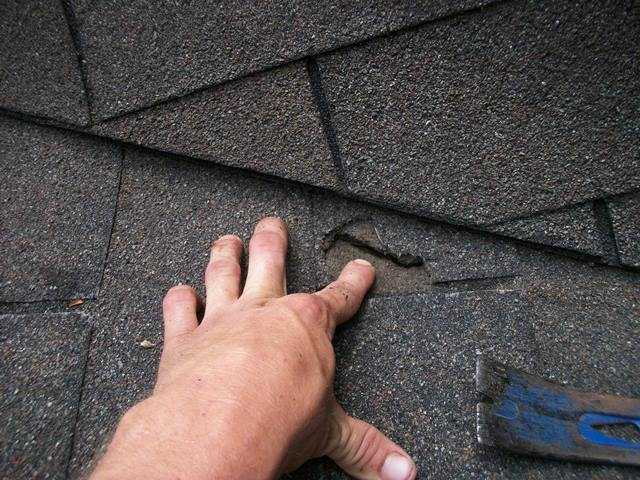Disclaimer: This website provides health information for educational purposes only and is not a substitute for professional medical advice, diagnosis, or treatment. Always seek the guidance of a qualified healthcare provider with any questions you may have.
The impact of the coronavirus pandemic has been far-reaching. And while some countries are slowly recovering, things are still not looking up on a global scale. On the home front, individuals from all walks of life are also fighting invisible battles every day, one of which is their declining physical and mental health. The pandemic has shown us that not being able to go out of the house, socialize, and acquire experiences can be detrimental to one’s overall well-being.
This is why when people were asked what they will do once the travel restrictions have been lifted, many of them plan on taking wellness trips to find inner peace, restart, and reacquaint with the plant. More importantly, the growing demand for wellness holidays is associated with the fact that the pandemic has made people more conscious about their health.
Wellness tourism on high demand
During the height of the pandemic, the travel industry ground to a halt. Online searches for leisure trips and hotel and flight bookings were minuscule, if not non-existent. But in countries with fewer reported cases, high vaccination rates, and sound COVID-19 safety policies, demand and interest are trickling in. According to tourism analysts, wellness trips will take the lion’s share of post-pandemic trips.
In fact, the Global Wellness Institute projected in February 2020 that the wellness travel market would reach $919 billion, accounting for over 20 percent of global tourism. This means wellness tourism facilities like alternative medicine centers and spas will experience an uptick in appointments and visits. This projected influx is linked to the pent-up demand for wellness services that many people were completely closed off from during the pandemic.
Increasing confidence in domestic travel

While the demand is there, restoring traveler confidence may be a key sticking point to the industry’s recovery. However, in some countries where lockdowns have eased, and vaccinations are past 50 percent, there has been an increase in travel bookings and search volume. Surveys show that people are still being cautious but are also planning.
However, since there are still fears about international travel bans and safety, most people lean towards holidays in their home country. This is also in line with common sentiments among locals that they are not ready to take in overseas tourists. There is also a collective call to help restart the local economy by supporting local tourism, so local authorities and businesses must prepare for a surge once the pandemic eases.
Wellness travel experiences
If there’s a silver lining to the pandemic, it’s that more people are now focused on improving their health and lifestyle. Healthy eating, fitness, and holistic well-being have become quite trendy during the lockdowns. Planning wellness holidays, or trips that involve pursuing destinations and experiences that enhance one’s physical, mental, spiritual well-being, is only a logical piece of the puzzle.
However, the pandemic has changed the leisure traveler. Surveys show that the post-pandemic traveler will be more safety and budget conscious and avoid large crowds, cities, and cruises. The preference will be toward nature and open space experiences, exclusive holidays, and direct-flight or self-drive destinations. In other words, there will be a growing demand for small group spa holidays, boutique hotels, islands that offer direct flights, and national parks and forests. Restaurants offering healthy, plant-based menus might also benefit from this growing demand.
Businesses and local tourism agencies that plan to cater to this growing demand should focus on activities and packages to reduce stress, prevent disease, and maintain a healthy lifestyle. These are the main motivations behind wellness tourism.
Key destinations
Wellness tourists can pick any given destination in the world, but what most will look for the most given the pandemic are private, intimate packages or open-space experiences. This can include yoga and meditation studios, fitness and sports facilities, exclusive spas, indoor golf driving ranges, guided hiking or biking tours, and so on.
National parks and forests will also become more popular, and instead of hotels, people might opt for private residences or villas, Airbnb’s, and remote accommodations. While different from wellness tourism, medical tourism may also be on the radar. Since the pandemic has made face-to-face wellness checks and treatments nearly impossible, providers should expect a surge of appointment bookings.
After months of lockdown limbo, tourism is slowly picking up, and people are prioritizing wellness and healing trips for a good reason. But we’re yet to know if these altered habits will become a long-term thing or how they will impact the tourism industry in general. Many changes are coming, and people will continue to prioritize their well-being.




